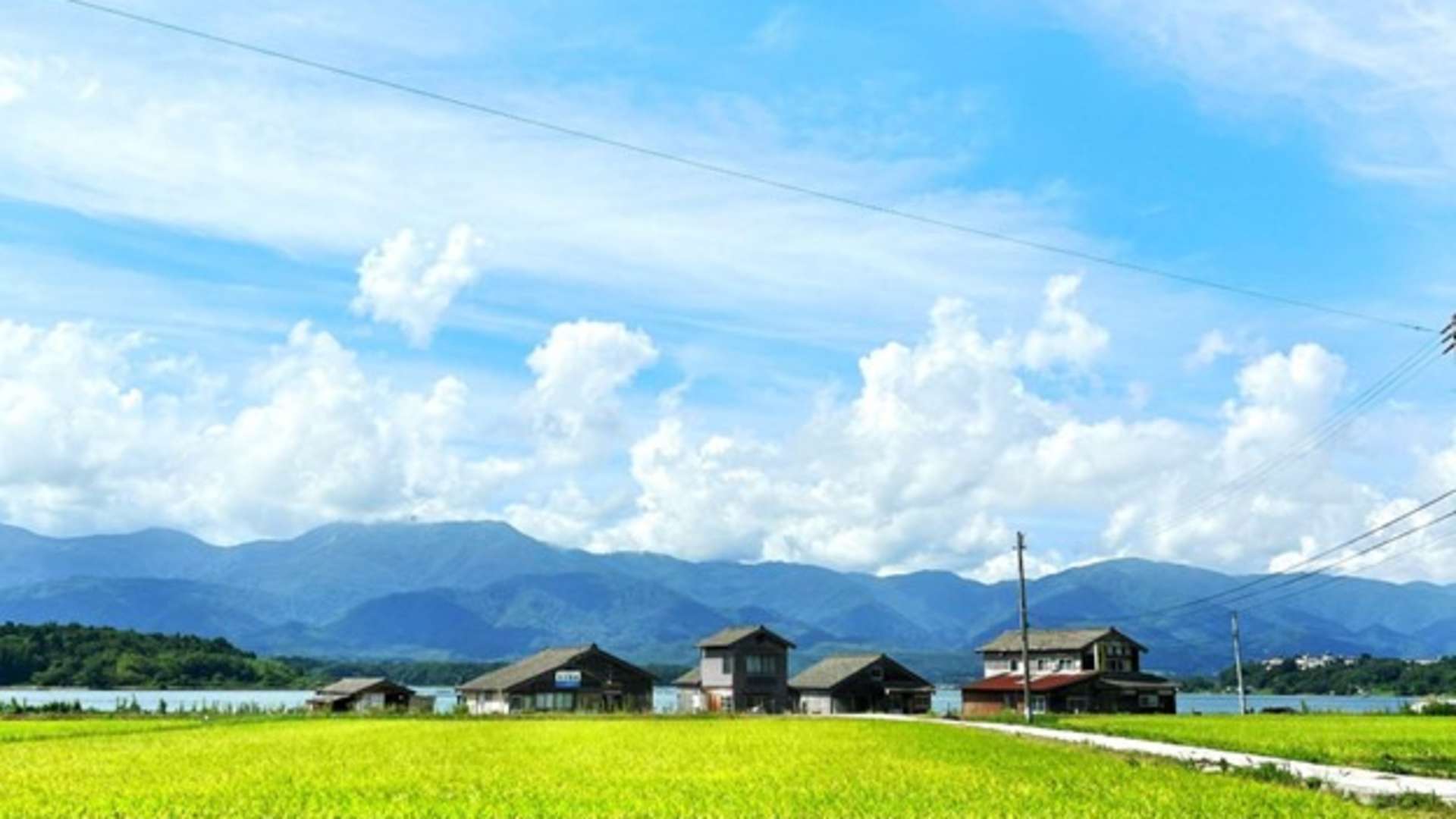
Roughly one hour away from Niigata City via jetfoil, lies Sadogashima (Sado Island). Once a place of exile for prominent Kyoto politicians, intellectuals and artists who fell out of favour with the ruling government; it resulted in the island forming its own unique blends of culture and religion.
Sado became rich in wealth for not only being the port capital of Japan ferrying goods from Hokkaido down to Osaka, but also with the discovery of gold in the 17th century. The sea trade passed along the Nishimawari naval route resulting in the archipelago being influenced by the art and culture of the Kinki and Hokuriku regions. The gold mining and the sea trade route were the reasons Sado held the largest population of Japan for a time, however many of the population moved to Tokyo when Japan opened its borders to the world in 1850.
Today Sado is known for its award winning sake, its sustainable and environmentally friendly rice, restful hot springs, the Noh history and theatres, protecting the Toki (Japanese Crested Ibis) and the world renown Kodo Taiko (Japanese drums) groups who hosts the acclaimed Earth celebration.
DISCOVER THE HISTORICAL TOWN OF SHUKUNEGI & ITS TARAIBUNE TUB BOATS

Before the Edo government developed Ogi Port, it was Shukunegi that was the main port hub, resulting in one third of the island’s wealth being concentrated there in the surrounding village. Nowadays people can still wander this picturesque seaside town with its buildings made from the wooden remnants of the Kitamaebune (north bound) & Sengokubune (large freights) shipping boats. Over 100 houses are still wonderfully preserved and maintained with many of the original families still living in the town operating not only the fishing boats but local sweet cafes and eateries too. The influence of different Japanese regions is found on the rooftops constructed with the black tiles of the Hokuriku region, or the tiles from the Kinki area.
The volcanic rock masses that formed in front of the Shukunegi coastline resulted in the larger ships having difficulty arriving directly into port with its precious cargo from the North and South; so the locals derived a transportation system by cutting in half large wooden Oke (traditionally used to store miso) to create the taraibune (tub-boats) which were used to ferry the goods from the boat back to the mainland. It also allowed them to fish the abundance of sea life that flourished within the inlet, particularly sazae and wakame. One can enjoy a taraibune experience at Shukunegi Tarai, where the best time is at sunset with its golden skies across the ocean horizon.

VISITING OBATA SHUZO & GAKKOGURA - THE TEACHERS OF SAKE

Rice is one of the most famed produce grown throughout Niigata, so it’s no surprise that Sado Island is renowned for its delicious local sake. Helmed by the 5th Kuramoto and godaime Rumiko Obata with her husband Ken Hirashima (the CEO), Obata Shuzo brewery (established 1892) is not only bringing Sado Island sake to the fore but also spreading its wealth of knowledge and expertise to overseas sake micro brewers who have a passion for sake but have lacked the technical skills and equipment to further their craft.
2010 saw a local elementary school on Sado Island close its doors due to the declining population. Determined to find a way to help revitalise the island and preserve this community building, Obata Shuzo acquired the property, turning it into their second sake brewery Gakkogura. After extensive renovation, Gakkogura opened its doors in 2014, and has begun to brew sake every summer when Obata Shuzo closes after winter. Traditionally sake is only brewed in the winter months, however due to Gakkogura possessing a modern interior and climate controls, it is able to brew in summer. For one week, Gakkogura allows four individuals to come work, stay, and learn about the sake making process. An application process is required (available via their website). You are also welcome to visit for a sake brewery tour and tasting.
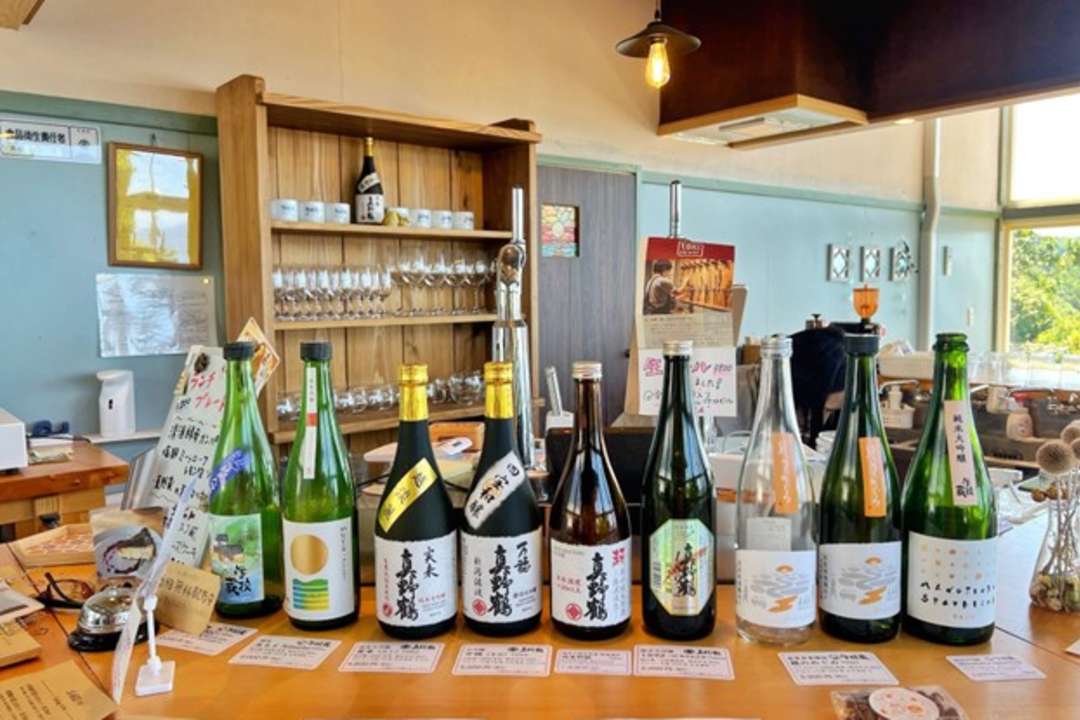
PROTECTING & EMPOWERING THE TOKI TO ONCE MORE TAKE FLIGHT
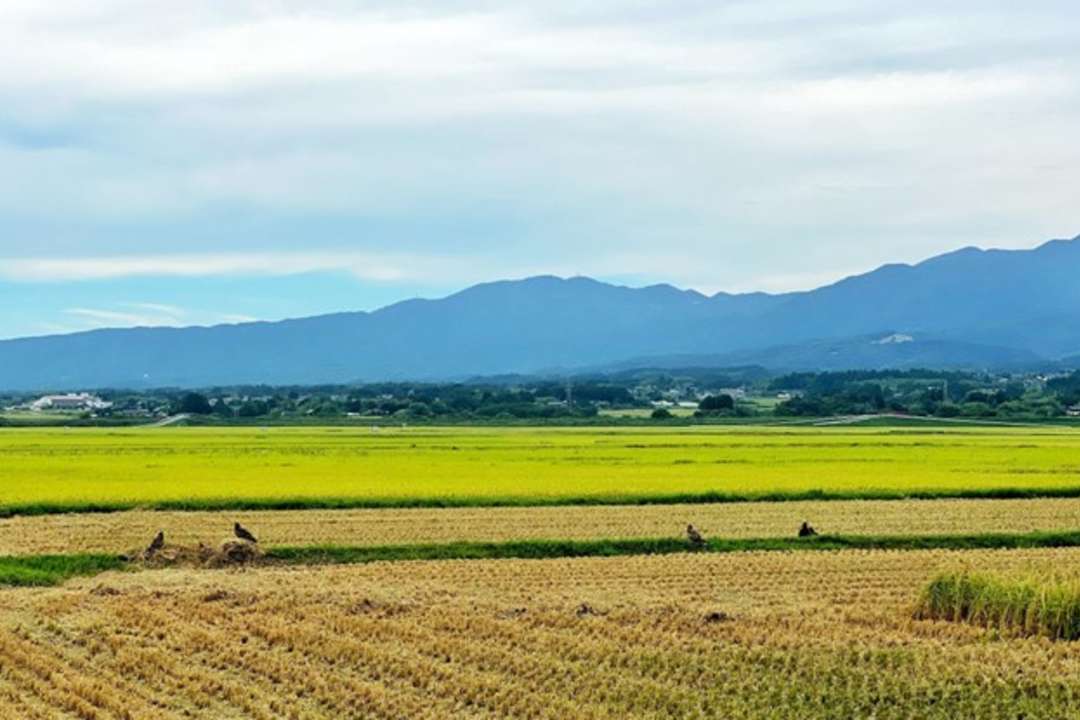
Once facing extinction, the Toki (Japanese Crested Ibis) were designated an internationally protected species in 1960. 1967 saw their last remaining natural habitat, Sado Island, construct a conservation centre to ensure and promote a healthy landscape in order to secure their future.
The unique geographical topography of Sado with its two mountains Oosado (big Sado) and Kosado (small Sado) bordering the Kuninaka (the middle flat plains) were naturally conducive to creating the optimal conditions for rice cultivation to flourish where the many insects and frogs feeding within were ideal prey for the Toki. However similar to the Kounotori of Hyogo Prefecture, the culmination of World War Two saw the widespread use of pesticides in modern farming, subsequently the Toki population was decimated due to the pesticide poisons affecting their food chain. The last five wild Toki were captured, with two donated from China in order to facilitate a captive breeding environment whilst work began to restore their natural habitat so that eventually wild Toki would once again roam the skies.
Local farmers began nurturing the landscape by curbing the use of pesticides, creating fishways to connect rice paddies, water sources and irrigating the rice fields during winter. The Aida family also discovered that oyster shells were effective not only in water purification, sterilisation but fertilisation too and use that in their particular farming. Rice grown in these organic matters is sold as Toki Brand Rice.
The hard work bore fruit when in 2012, a Toki chick was born in the wild for the first time in thirty-six years.
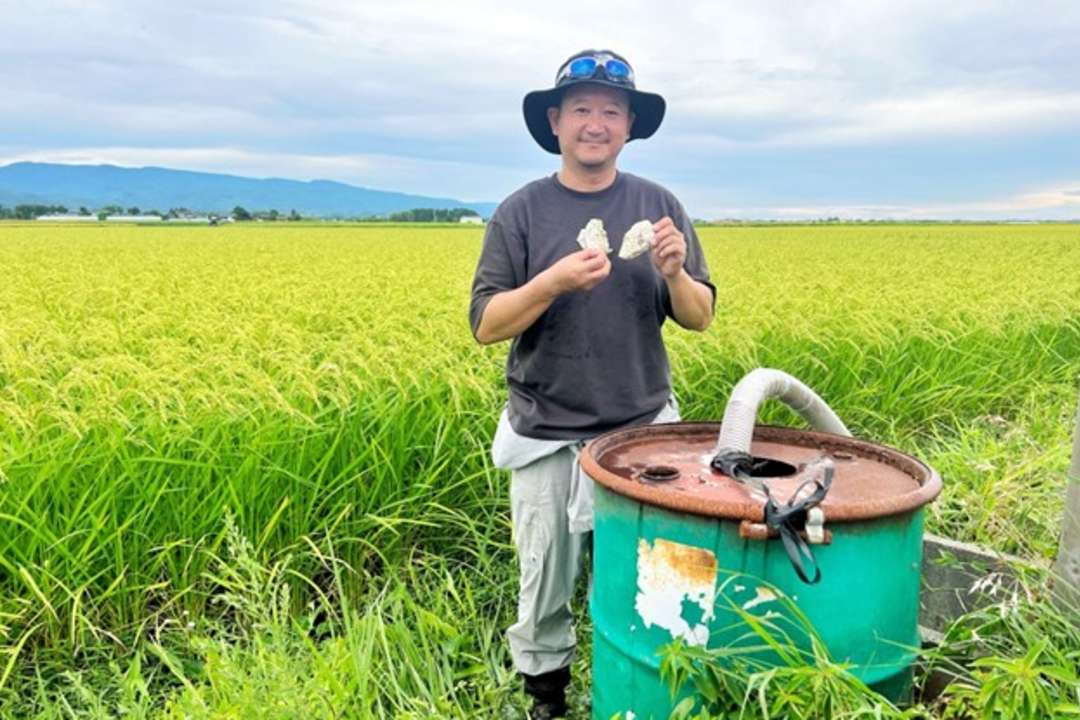
MEETING THE KATAGAMI ONIDAIKO OF SADO ISLAND

Throughout Japanese folklore, Oni are generally known as being menacing yokai (demons), evil entities with superhuman strength. However on Sado Island, Oni are revered as friendly deities that ward off evil via dance and the playing of the taiko drum. The celebration is known as Onidaiko or Ondeko in the local dialect.
Five different Onidaiko styles can be found (often with Shishimai - chinese lions joining), each characterised by variations of dance, costume, drum rhythms and props. The most popular dance-style is the group of Katagami whose Suriashi (sliding steps) movements have been influenced by Noh’s presence on the island.
The Oni masks are carved by hand from Paulownia wood (kiri in Japanese), with the long locks of the Oni’s hair coming from a horse’s mane, rice straw or even buffalo hair. Each group’s masks hold different variations in design, with nowadays group members carving their own since many shokunin craftsmen are advanced in age.
The leader of the Katagami Onidaiko style is Tadaaki Aida, the current head of the Aida family (responsible for the oyster-filtration rice field system). Fun fact, his family’s rice is used by Obata Shuzo for their sake brewing.
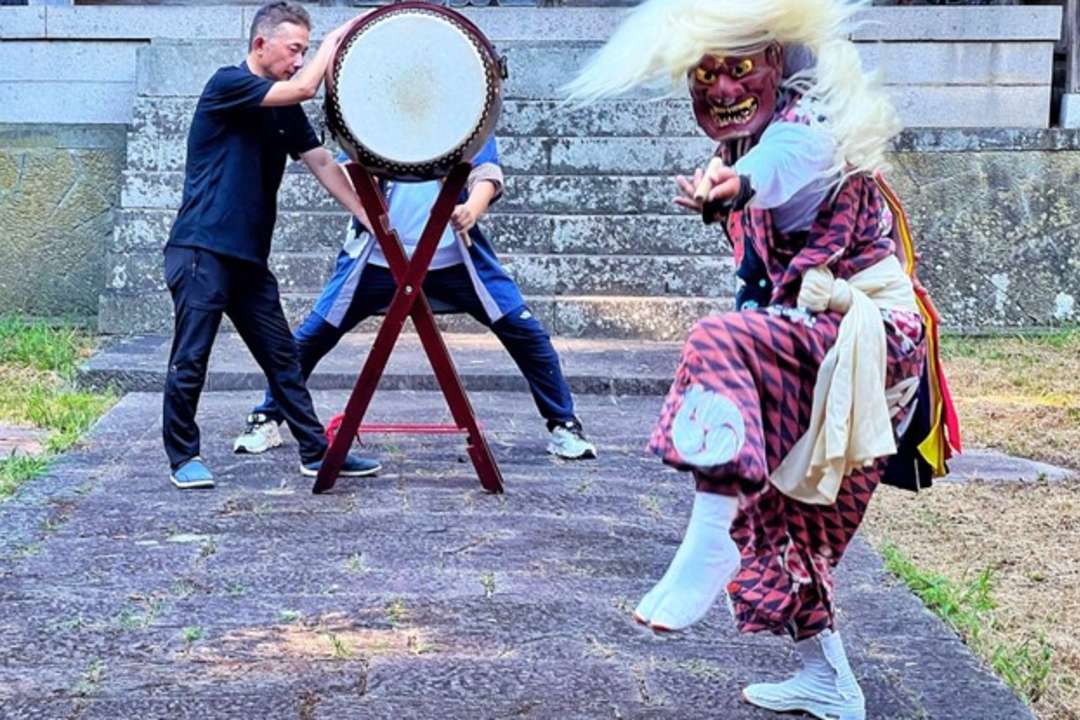
RELAX IN A 150 YEAR OLD KOMINKA AMIDST THE RICE FIELD

On a quiet country road, nestled amidst the rice fields lies Hananoki, a 150 year old kominka home that was painstakingly removed piece by piece from the mountains in Sado and rebuilt once more in the countryside. It is the home of Akiko Watanabe and her husband, ceramic artist Tosei Watanabe (his works are displayed throughout the premises).
Hailing from Nagoya (Akiko-san) and Gifu Prefectures (Tosei-san), they visited Sado Island and fell in love with the gorgeous rural landscape and the kominka that would become Hananoki. Subsequently after moving the property, they decided to open it to overnight guests so others may appreciate the beauty of the Japanese countryside and meet individuals from all around the world.
Five cottages are available separate to the main building which has two guest rooms. Simple minimalist Japanese decor awaits you in the cottages, think traditional tatami, fluffy futons and sliding window doors that offer breathtaking views of the neighbouring rice fields with stunning vibrant sunsets.
If you choose to stay for a night or two, definitely include your meals, because the home cooking of Akiko-san; resplendent with delicious local seafood, vegetables, local sake and Niigata’s famed koshikari rice is one you will love.

 |
Lia is an Aussie based in Tokyo, Japan with a passion for exploring the lesser known, and learning people’s life stories. She loves to seek out ryokan traditional accomodation with private onsen hot spring baths (which she shares on Ryokan Wanderings), discovering hidden sushi omakase gems or curled up in her Totoro bed with a good book. If not travelling in Japan or abroad, her days are spent in her studio, Tokyo Kaleidoscope, reconstructing vintage Japanese silk kimonos into bespoke pieces for herself and others. |

















































